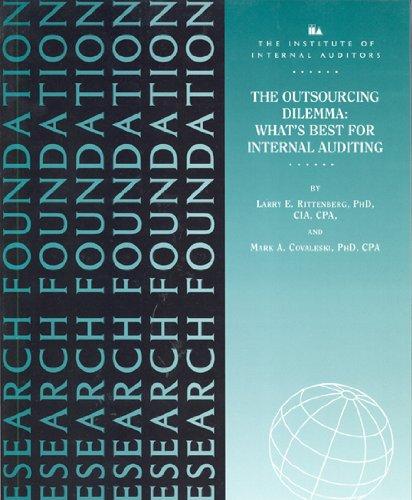Question
Hurdlevack Ltd relies on the payback method of project evaluation, requiring that investments repay capital within three years. The board are currently considering the four
Hurdlevack Ltd relies on the payback method of project evaluation, requiring that investments repay capital within three years. The board are currently considering the four projects listed below: (ignore tax)
| Project | A | B | C | D |
| $ | $ | $ | $ | |
| Sales | 40,000 | 75,000 | 60,000 | 60,000 |
| Direct costs | 16,000 | 27,000 | 15,000 | 18,000 |
| Depreciation | 8,000 | 40,000 | 30,000 | 35,000 |
| Interest | 12,000 | 16,000 | 9,000 | 7,000 |
| Initial investment | 120,000 | 160,000 | 90,000 | 70,000 |
| Project life (years) | 10 | 10 | 18 | 15 |
The engineering department has requested the board to evaluate these opportunities by means of a discounted cash flow technique. The finance department personnel have been unwilling to use a discounted cash flow technique because of difficulty in establishing an appropriate discount rate. They therefore propose to calculate each project's internal rate of return and let the board determine appropriate hurdle rates.
Payback Period
Project A: 10 years
Project B: 5 years
Project C: 2.6 years
Project D: 2 years
Internal Rate of Return
Project A: Nill
Project B: 15.1%
Project C: 39.9%
Project D: 49.90%
(a) Discuss the possible reasons why the above two project appraisal methods (Payback Period and IRR) do not give answers which are consistent with each other, for the accept/reject decision. Which should the board employ? Why?
Step by Step Solution
There are 3 Steps involved in it
Step: 1

Get Instant Access to Expert-Tailored Solutions
See step-by-step solutions with expert insights and AI powered tools for academic success
Step: 2

Step: 3

Ace Your Homework with AI
Get the answers you need in no time with our AI-driven, step-by-step assistance
Get Started


